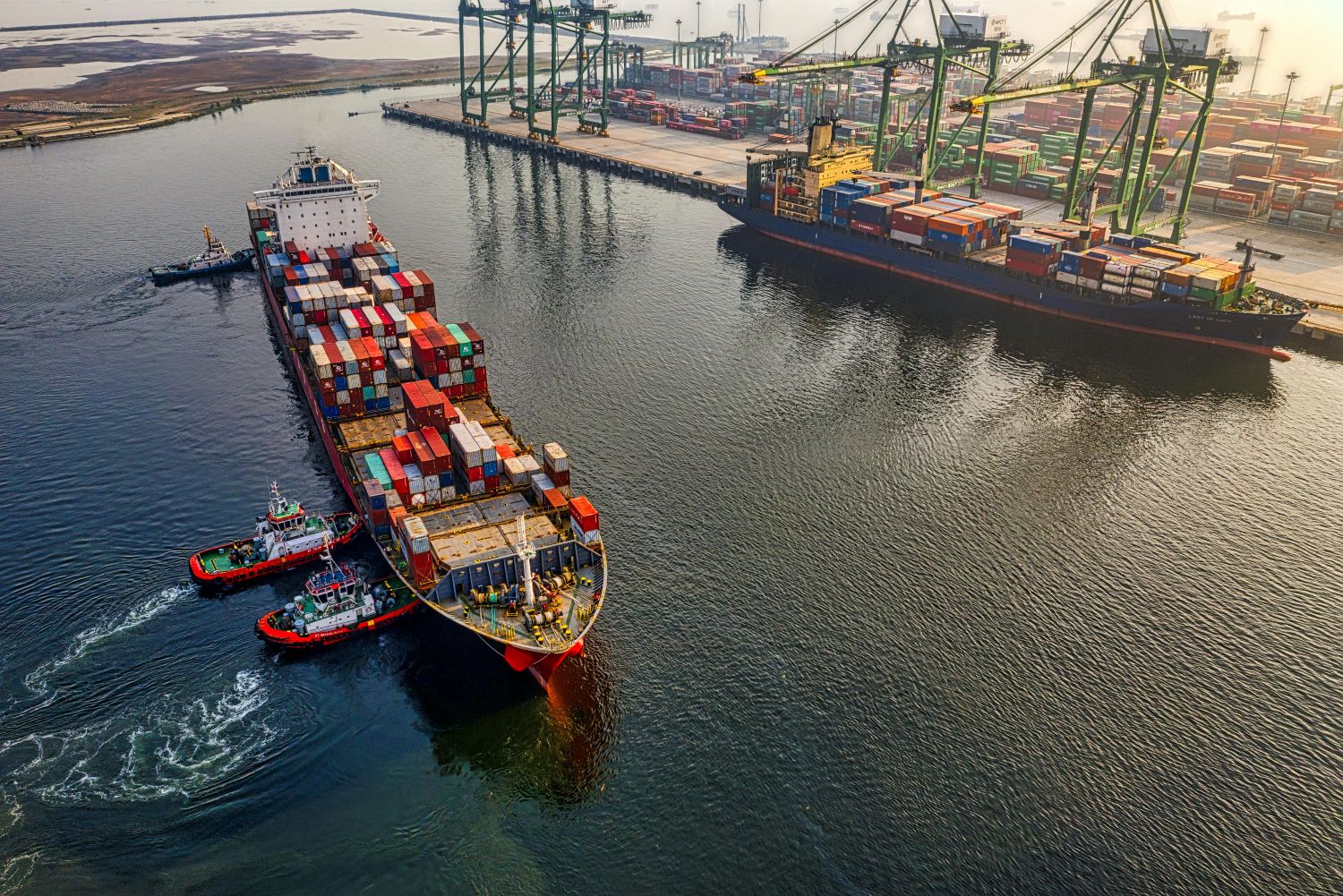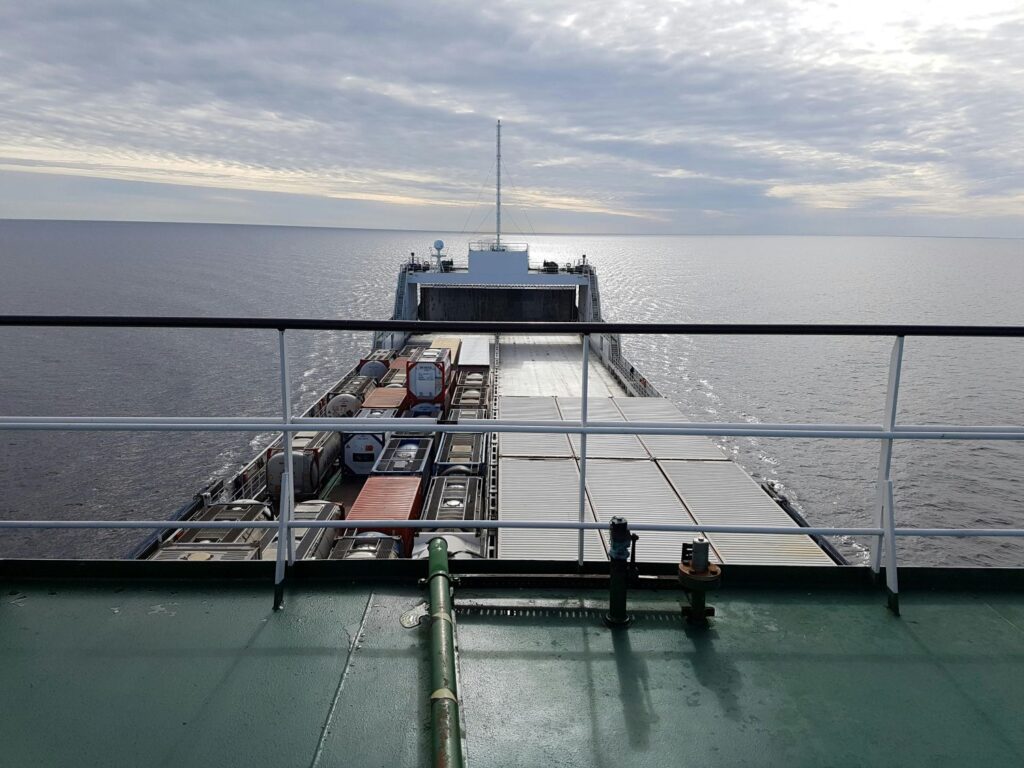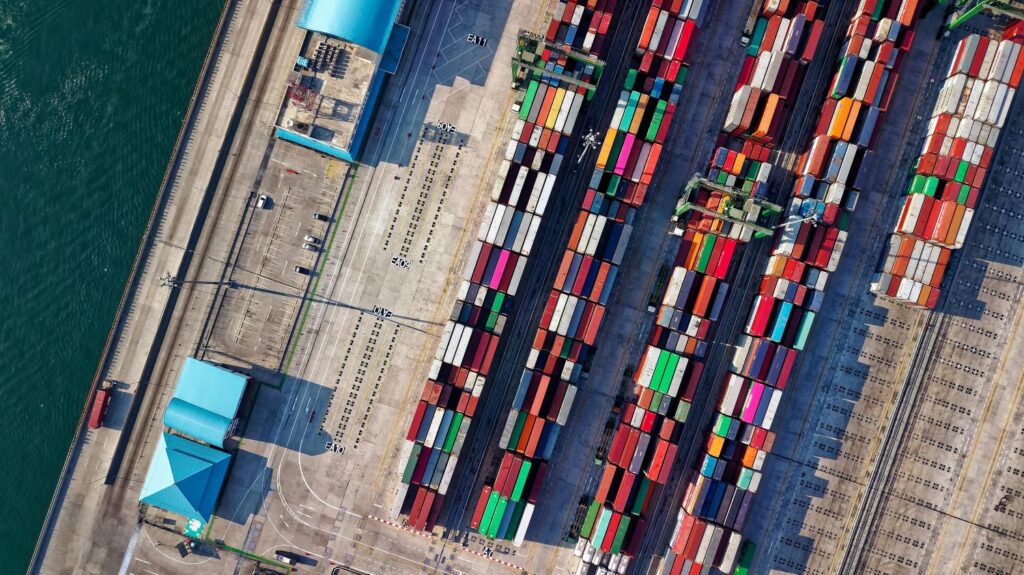
Have questions about sea cargo freight? You’re not alone! Whether you’re a first-time importer or a seasoned business looking to optimise your shipping strategy, navigating the world of ocean shipping can feel overwhelming. As logistics specialists based in Brisbane, we’re here to answer the most common questions we receive about moving goods by sea shipping.
Why Choose Sea Cargo Shipping Over Other Methods?
When our clients ask whether they should choose air or sea freight, we always consider their priorities. Is it cost or speed?
Transporting goods by sea shipping is typically the most economical option for transporting goods internationally, particularly for bulky or heavy items. Is shipping by sea cheaper than air? Absolutely – sea freight can cost up to 5-6 times less than air freight for the same cargo weight.
However, this cost advantage comes with longer transit times. How long does shipping by sea take? Transit times vary significantly depending on the route.
Shipments from Asia to Australia might take 12-18 days, while goods transported by sea from Europe could take 35-45 days. For businesses planning their supply chain, these timeframes are crucial to consider.
What Types of Goods Can Be Transported by Sea?
Nearly anything can be transported by sea – from small parcels to oversized machinery. At Jacanna, we’ve shipped everything from standard retail goods to helicopters and massive industrial equipment.
Sea freight is particularly advantageous for:
- Heavy machinery (check out our Heavy Machinery Shipping Guide for detailed information)
- Vehicles (we cover this extensively in our Guide to International Car Shipping to Australia)
- Bulk commodities
- Large quantities of consumer goods
- Hazardous materials (with proper documentation)
If you’re specifically looking at vehicle transport, our article on Roll On Roll Off Shipping explains this specialised sea cargo shipping method.
What Are the Different Types of Sea Cargo Freight Services?

When booking seafreight, you’ll encounter these common shipping options:
Full Container Load (FCL)
This means you’re booking an entire container for your goods. It’s cost-effective for larger shipments and provides more security since your goods aren’t mixed with others.
Less than Container Load (LCL)
With LCL, you share container space with other shippers. It’s ideal for smaller shipments where you don’t need a full container. While it may take slightly longer due to consolidation processes, it’s a cost-effective option for smaller volumes.
Roll-on/Roll-off (RoRo)
Specifically designed for wheeled cargo like vehicles, RoRo vessels allow cars, trucks, and heavy machinery to be driven directly onto the ship. For more details, see our complete guide to Roll On Roll Off Shipping.
Break Bulk
For oversized cargo that doesn’t fit into standard containers, break bulk shipping provides a solution where items are individually loaded and secured on the vessel.
How Do I Choose the Right Shipping Companies in Brisbane?
When selecting from the many shipping companies in Brisbane, consider these factors:
- Experience with your specific cargo type: Different freight forwarders specialise in different types of cargo. At Jacanna, we handle everything from motorcycle transport to full container shipments.
- Global network: Ensure your chosen company has established relationships with agents at your destination port for smoother clearance.
- Customs expertise: Clearing customs can be complex, particularly for first-time importers. Working with experts who understand the documentation requirements saves time and prevents costly delays.
- Tracking capabilities: Modern sea cargo shipping should include reliable tracking so you can monitor your shipment throughout its journey.
- Customer service: Responsive communication is crucial, especially when issues arise. At Jacanna, we pride ourselves on being approachable and responsive to all client queries.
What Documentation Is Required for Sea Cargo Freight?
Proper documentation is essential for smooth ocean shipping. While requirements vary depending on the cargo and destination, typical documents include:
- Commercial Invoice
- Packing List
- Bill of Lading
- Certificate of Origin
- Import Permits (for restricted goods)
- Insurance Certificate
For specialised shipments like vehicles, additional documentation is often required. Our Complete Guide to CPD Carnet explains the specific requirements if you’re temporarily taking your vehicle overseas.
How Are Sea Freight Costs Calculated?
Understanding sea cargo freight pricing helps you budget accurately. Several factors influence the cost:
Volume vs Weight
Sea freight is typically charged by volume (cubic metres) rather than weight, unlike air freight. This makes moving goods by sea shipping particularly economical for dense, heavy items.
Container Size
Standard container sizes are 20ft and 40ft, with pricing varying accordingly. For first-time shippers, our Container Shipping Guide for Beginners provides helpful insights.
Route Popularity
Popular shipping routes generally offer more competitive rates due to higher vessel availability and frequency.
Season
Shipping costs fluctuate throughout the year, with peak seasons (like pre-Christmas) typically commanding higher rates.
Additional Services
Door-to-door delivery, customs clearance, and insurance all add to the base seafreight cost.
How Can I Track My Sea Cargo Shipment?

Modern shipping by sea offers comprehensive tracking options. At Jacanna, we provide our clients with JacTrack, our personalised logistics command hub and tracking system. This allows you to monitor your shipment from pickup to delivery, regardless of whether it’s transported by sea, air, or land.
Is Sea Freight Environmentally Friendly?
In terms of carbon emissions per tonne-kilometre, sea cargo shipping is one of the most environmentally efficient transport methods available. While moving goods by sea shipping does have environmental impacts, it produces significantly fewer emissions than air freight for the same cargo volume.
For businesses focused on sustainability, consolidating shipments and choosing the right container size can further reduce your environmental footprint. Take a look at the World Shipping Council’s guide to Sustainable Shipping for more information.
Why is Shipping by Sea Taking Longer Recently?
If you’ve noticed that ocean shipping times have increased, you’re not alone. Global supply chain challenges, port congestion, and vessel capacity issues have all contributed to longer transit times in recent years.
To minimise disruption, we recommend:
- Planning further ahead for inventory needs
- Building buffer time into your supply chain
- Working with experienced freight forwarders who can navigate challenges as they arise
How Can Jacanna Help with Your Sea Cargo Freight Needs?
As one of the leading shipping companies in Brisbane, Jacanna offers comprehensive sea cargo shipping solutions tailored to your specific needs:
- Competitive rates on all major shipping routes
- Expert handling of customs clearance and documentation
- Specialised services for vehicles, machinery, and oversized cargo
- Reliable tracking through our JacTrack system
- Personalised service from our experienced team
Whether you’re shipping a single item or managing regular imports/exports, our team understands the complexities of transporting items by sea shipping and is here to help.
For more information or to request a quote for your seafreight needs, contact our team today. With decades of experience in international logistics, we’re here to make your shipping experience seamless and stress-free.